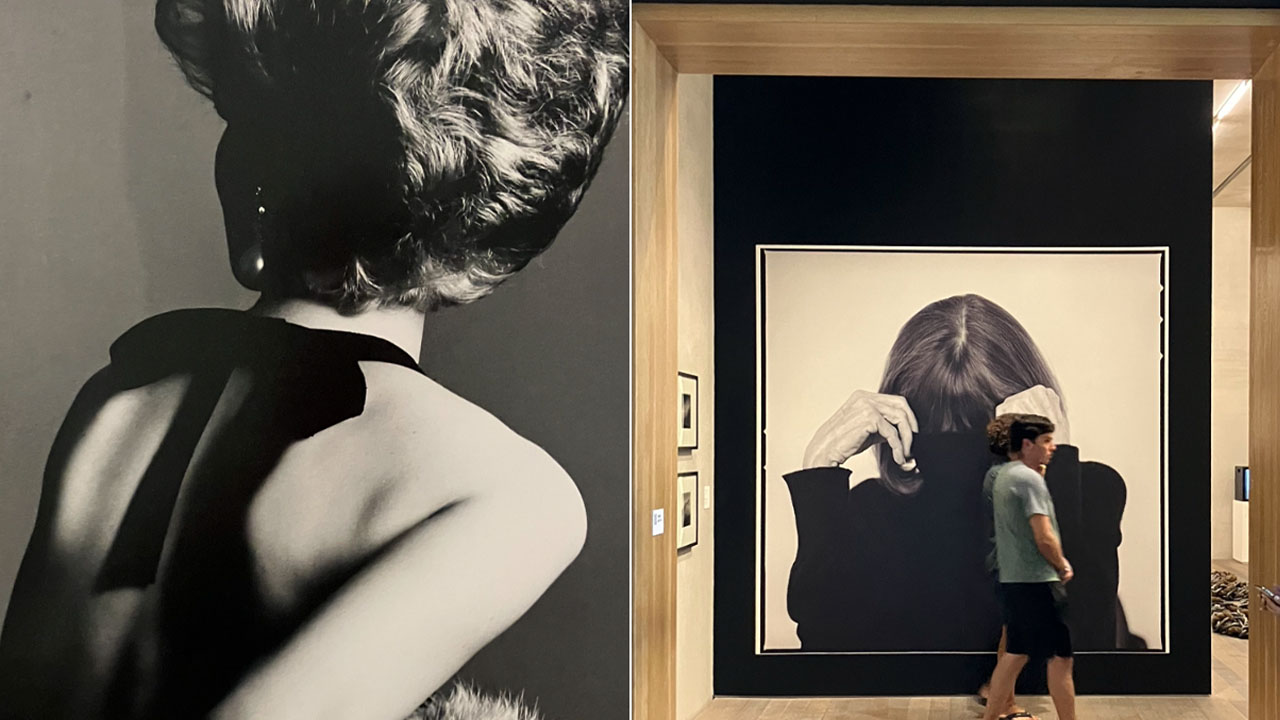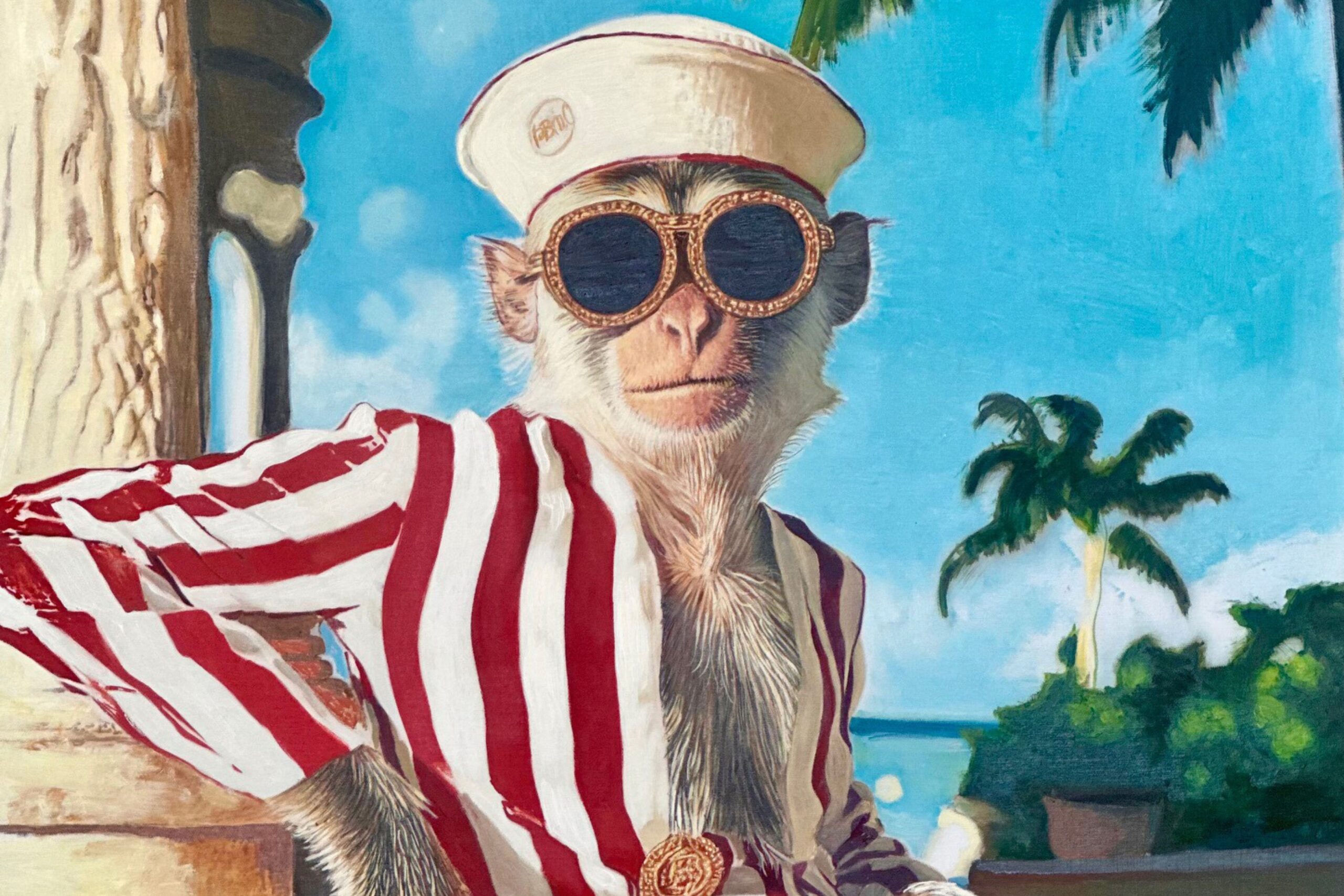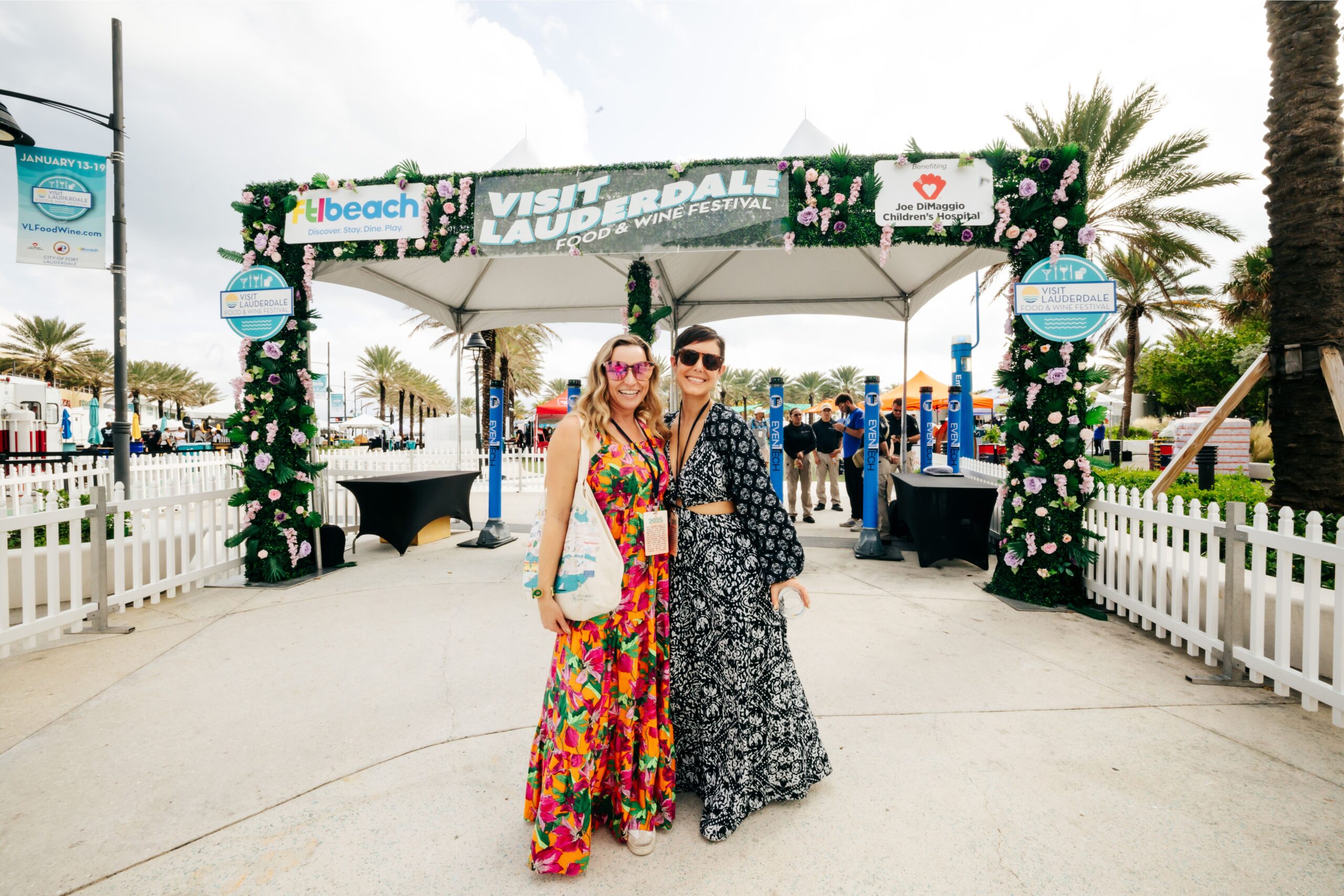It’s wonderful but also kind of curious that “Joan Didion: What She Means,” an exhibition inspired by the life and career of the celebrated author, landed at the Pérez Art Museum Miami after a run in Los Angeles at UCLA’s Hammer Museum—instead of in New York, where the National Book Award-winning author lived and worked for decades. Her strongest connection to Miami is the slim and troubling nonfiction book she wrote about the city in 1987, in which she portrayed Miami as arguably the most anomalous place in the country, a product of dark and inscrutable forces.
But New York’s loss is Miami’s gain, and so “Joan Didion: What She Means,” curated by New Yorker writer Hilton Als, will run until January 7, 2024. The iconic figure, who published more than a dozen books, including her early, groundbreaking works of New Journalism, Slouching Towards Bethlehem (1968) and The White Album (1979), and her devastating bestselling memoir The Year of Magical Thinking (2005), enjoyed a prodigious and prolific writing career enhanced by her indelible public persona—a thin, even physically fragile presence, watchful and discerning behind her ubiquitous, oversized sunglasses.
She wrote for Vogue. She published novels. She hung out with junkies in the Haight and became a master of the essay. She penned scripts for Hollywood, but as she said, only for the money, remarking that, in the movies, the deal memo was more important than the script. The films starred Tuesday Weld (Play It as It Lays, 1970), Al Pacino in his film debut (The Panic in Needle Park, 1971), Barbra Streisand (A Star is Born, 1976), Michelle Pfeiffer (Up Close & Personal, 1996). She reassessed her mythic notions about California, became interested in political writing, won the National Medal of Arts and a slew of other honors.
The last chapter of her life was tragic, as she lost both her husband, author John Gregory Dunne, and her daughter, Quintana, in the space of less than two years. In her adaptation of The Year of Magical Thinking, Didion was portrayed on Broadway by Vanessa Redgrave. She was the subject of Joan Didion: The Center Will Not Hold,a 2017 Netflix documentary directed by her nephew, the actor Griffin Dunne. She died of complications from Parkinson’s in 2021. And the Céline sunglasses? Sold at auction for $27,000 in 2022.
It was a life full of incident.
But she was not a visual artist, and so “Joan Didion: What She Means” registers as an event as enigmatic as its subject; the exhibition is an impressionistic, spectral rendering of Didion’s vivid life and times. “Our job,” explain Als and chief curator of the Hammer Museum Connie Butler, “was to find those paintings, photographs, sculptures, and archival materials that didn’t so much illustrate or sentimentalize what Didion said as evoke, interpret, and engage in conversation with her language and thoughts, just as Didion’s writing itself is in conversation with the world.”
A massive Pat Steir oil painting of a downpour anchors one gallery and stands as a reference to Didion’s 1977 essay “Holy Water” and a comment on her upbringing in arid Sacramento. Maren Hassinger’s snaking River, a mixed-media installation composed of steel chains and rope, nods to Didion’s first novel, Run River (1963). There’s a Don Bachardy portrait of a delicately beautiful Didion from 1972, and a tribute to John Wayne, whom Didion wrote about in Slouching Towards Bethlehem. There are family heirlooms; evocative installations of midcentury California ephemera; photos by Irving Penn and Diane Arbus that capture the splintered, contradictory ideas of womanhood in the 1960s and ’70s; and ominous allusions to the subjects of Didion’s essays: the Black Panthers, the murder of Sharon Tate, the Hell’s Angels, the counterculture.
The impact, overall, is both moving and elusive. How do you capture a life, especially the life of Didion, who was forever receding and revealing? At the entrance of the exhibit is an enormous Brigitte Lacombe photograph of Didion pulling a black turtleneck over her face, as if to say, don’t stand too close to me. You’re not going to find what you’re looking for.















